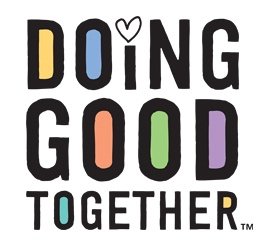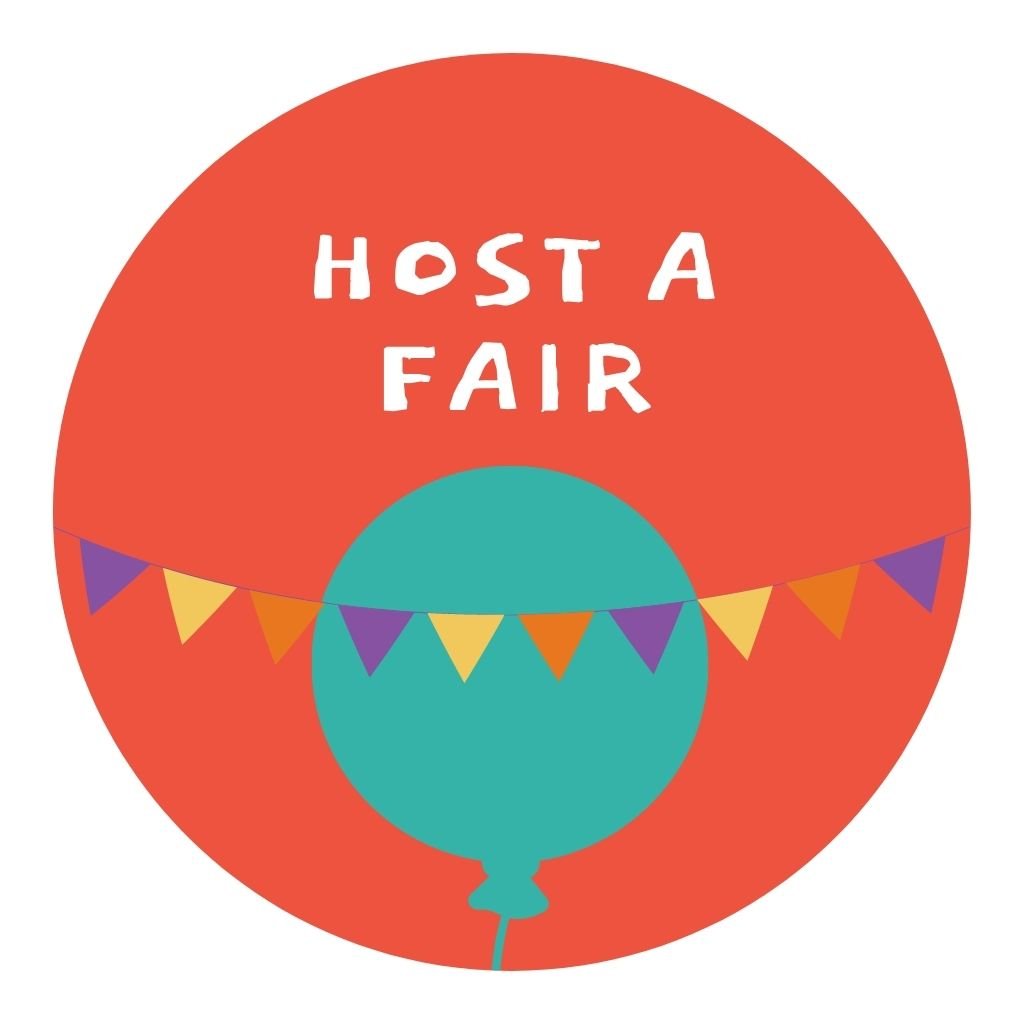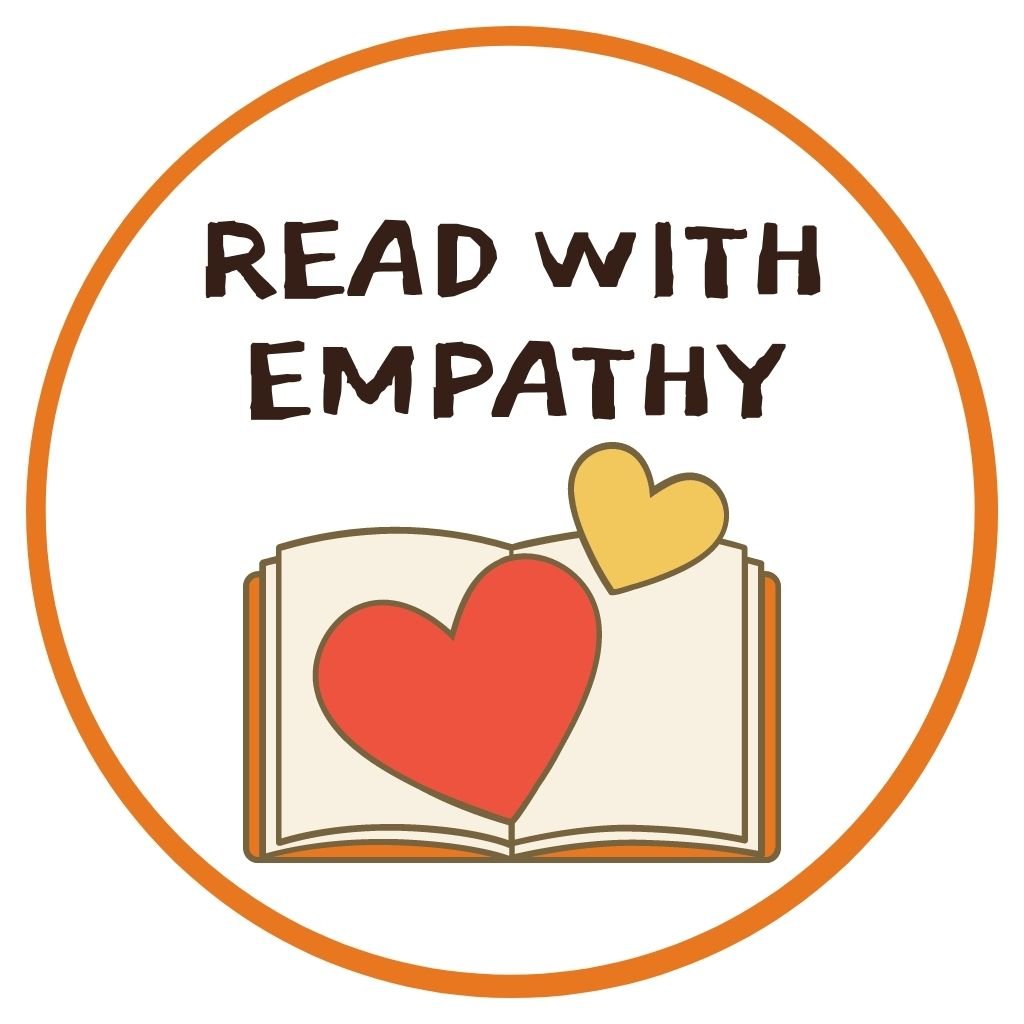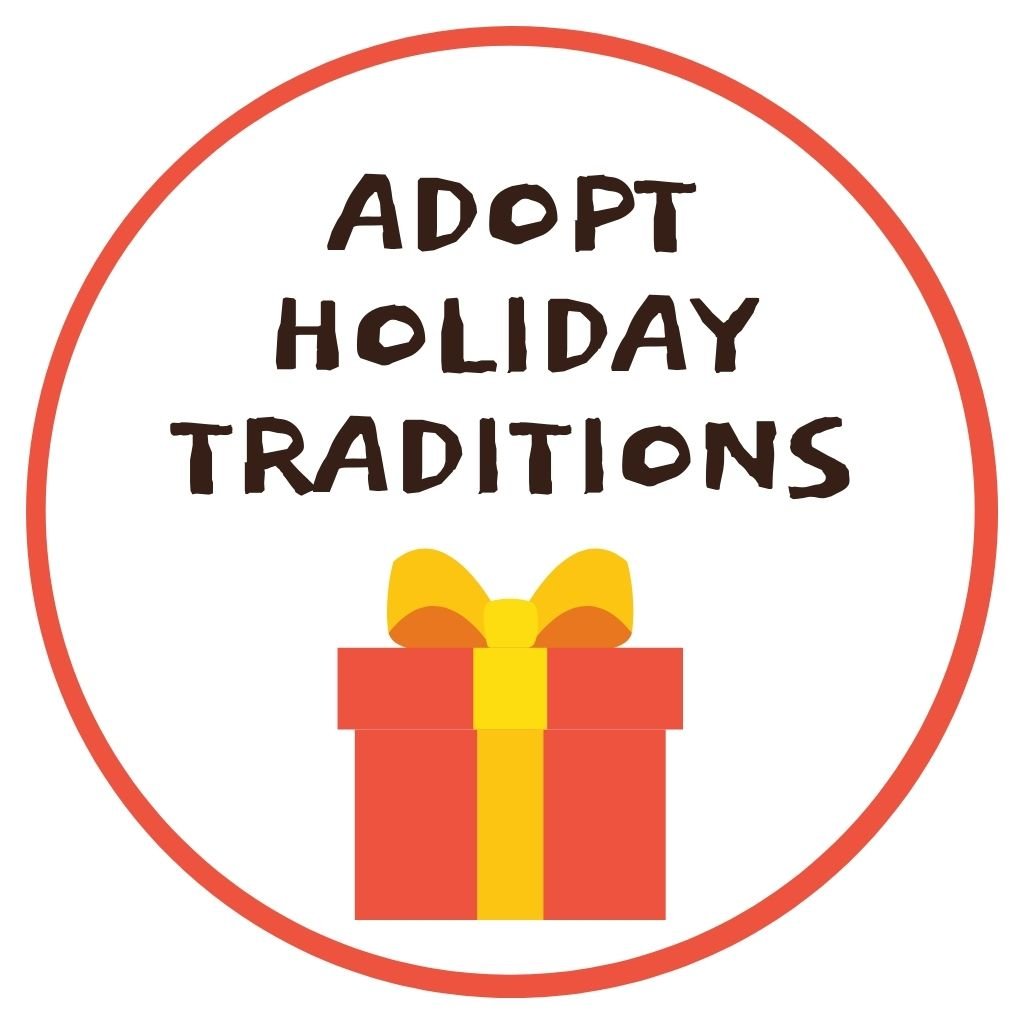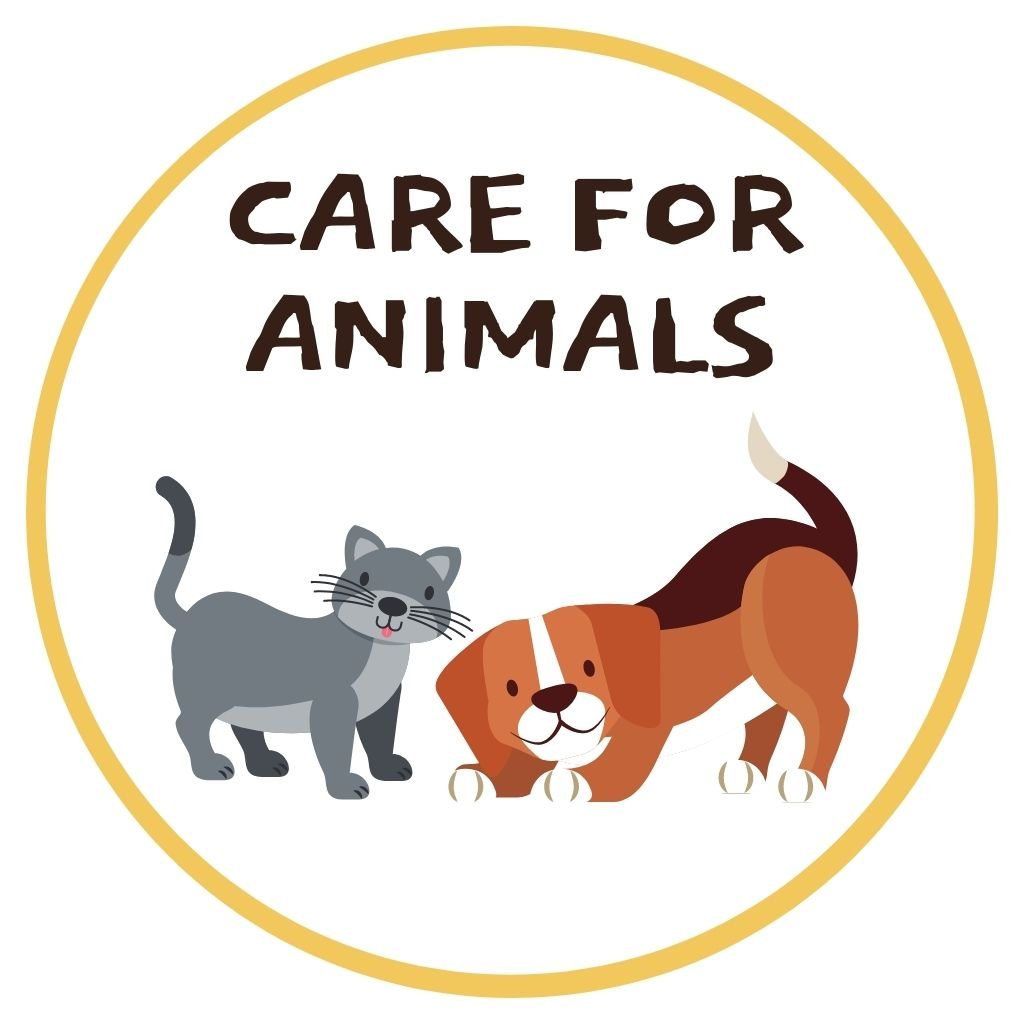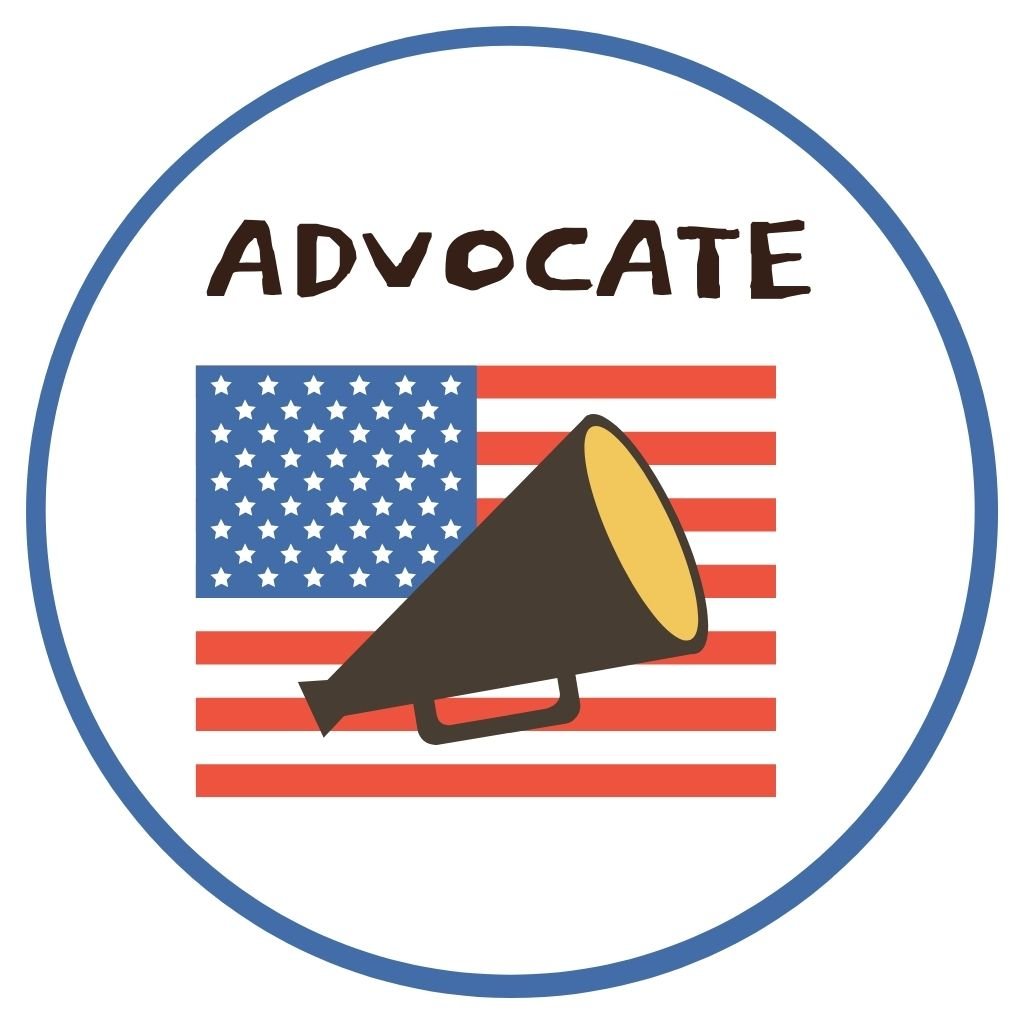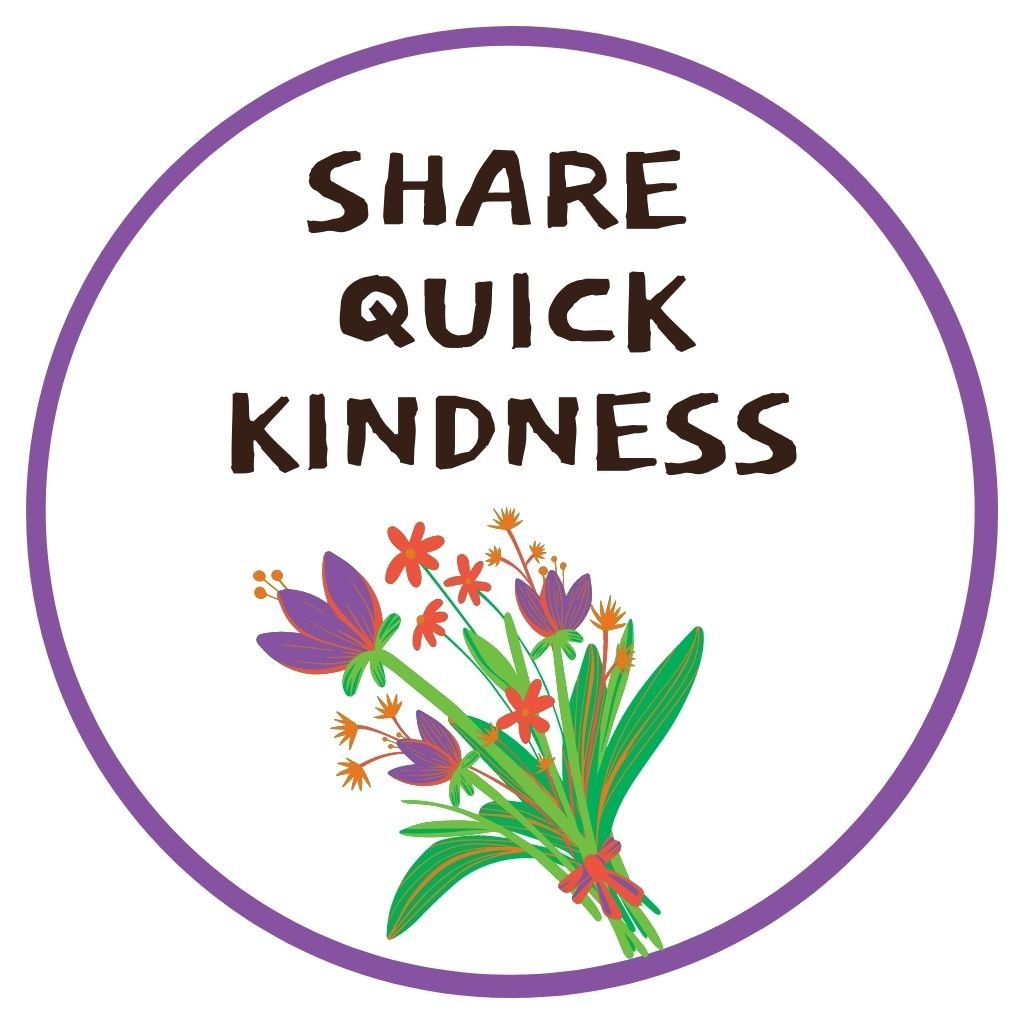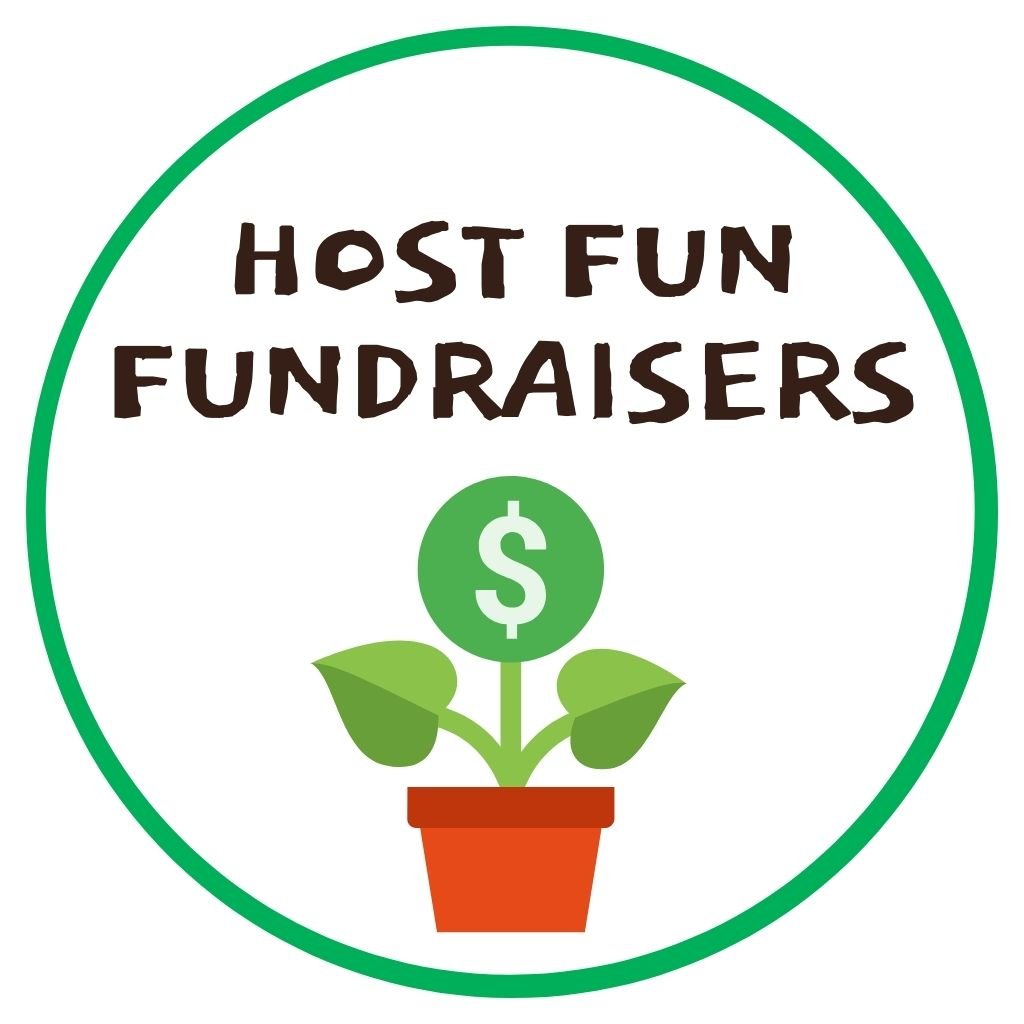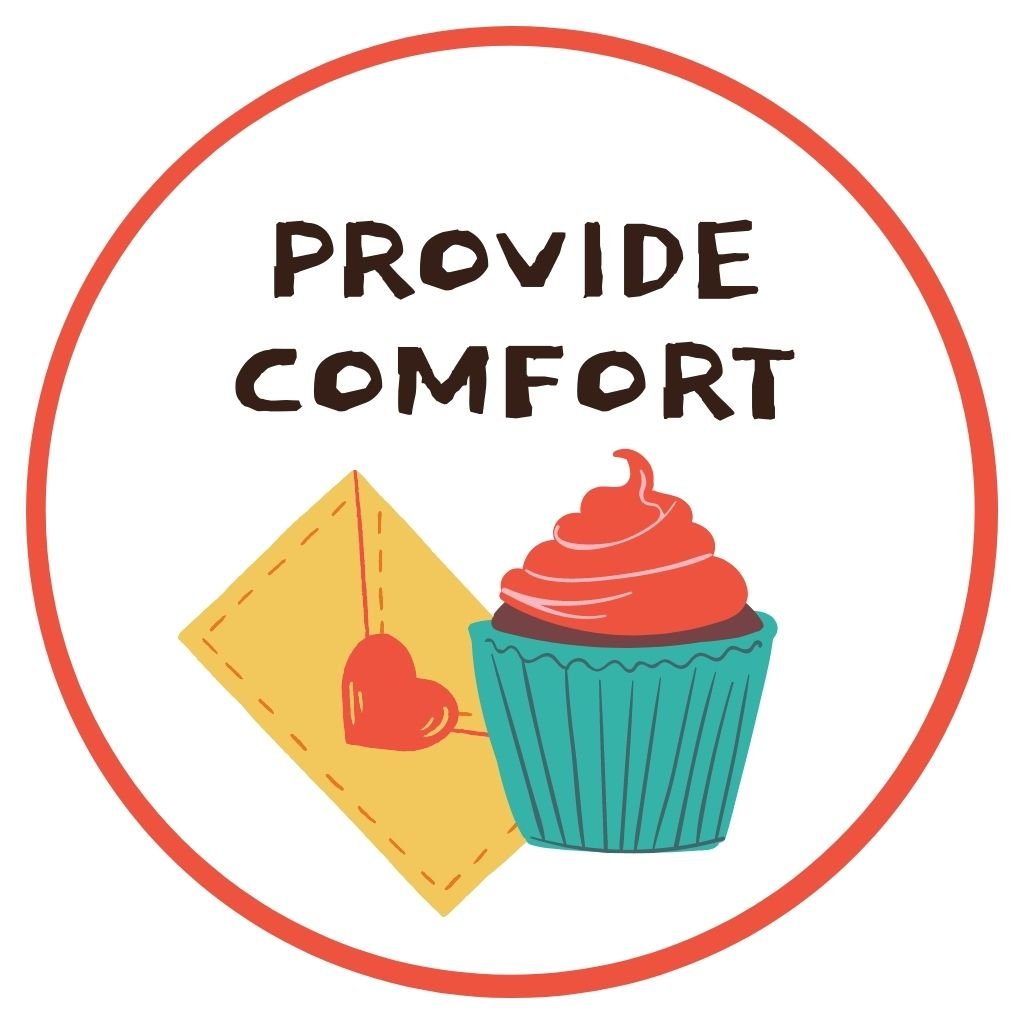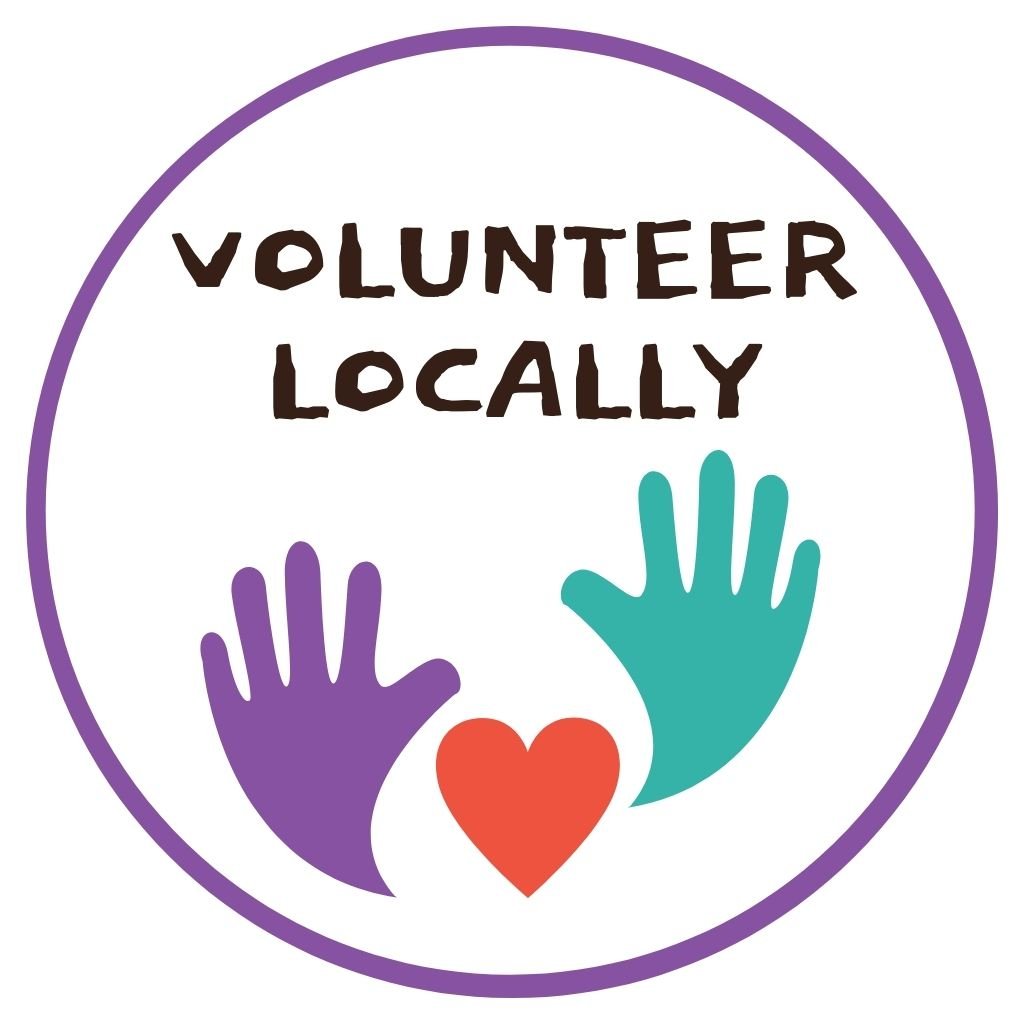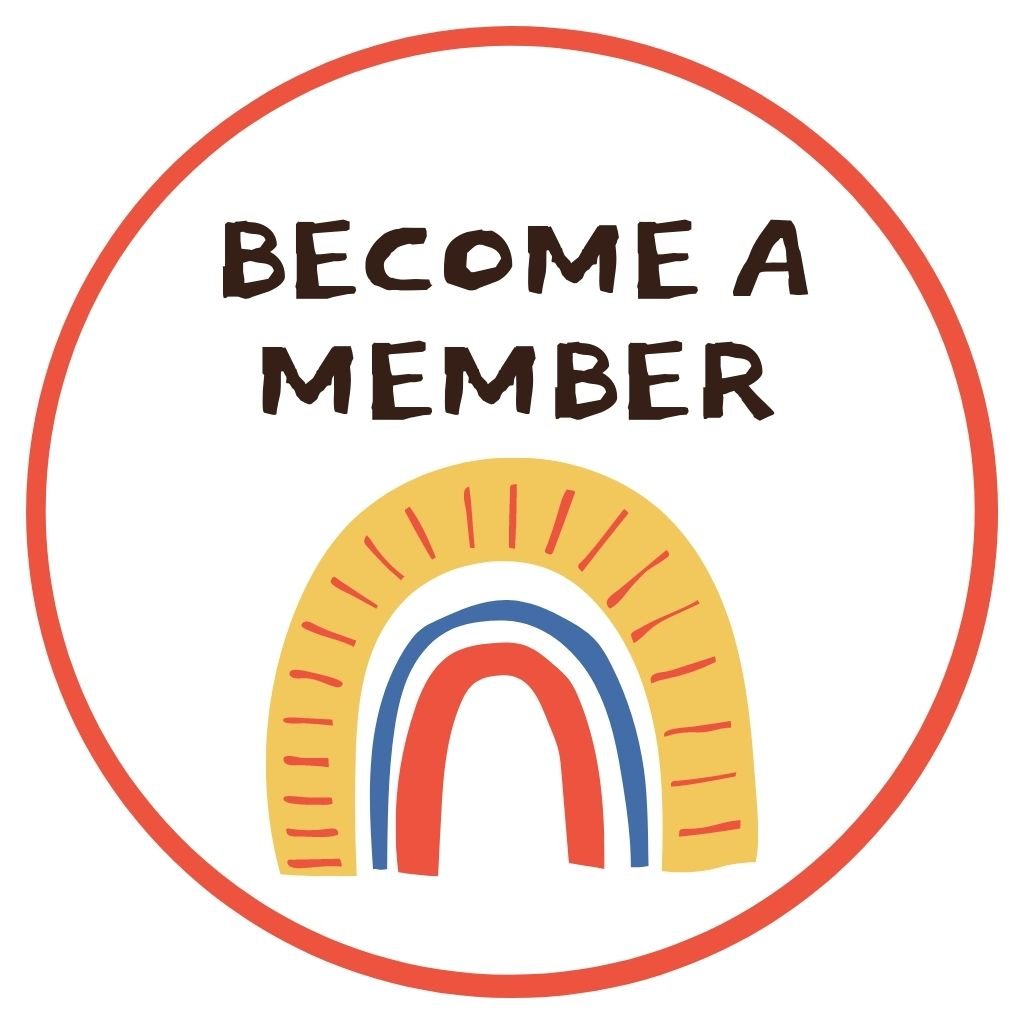Teaching Kindness in the Classroom: Why It Matters and How to Do It
Picture a group of students. You choose the age – they could be elementary schoolers, or tweens or teens. They might be in a classroom setting, or they might be meeting at their homeschool cooperative, youth group, or other community organization. Picture these students discussing topics like helping the hungry, celebrating diverse stories, comforting the lonely, or how to disagree and still get along.
How would those conversations go? What would they learn?
These students, as they share stories of who they know, what they’ve seen, and what they can do, are developing empathy and learning the value that practicing kindness can have in the world and in their lives.
We teach children from a young age the values of sharing, emotions, manners, and helping. They see kindness modeled when parents, caregivers, or teachers comfort a sad or mad friend, or when they make a mistake and are met with compassion. As they grow, children learn the effects of and need for empathy when they work through disagreements. With the guidance of a caring adult, they are more easily able to stretch empathy muscles and learn the skills to handle those disagreements.
While these things can happen organically, we can be more specific about the types of lessons we teach children when we build in some intentionality. Doing Good Together exists to provide parents, caregivers, youth leaders and educators with the tools they need to help kids build those kindness skills. We believe that we can cultivate the next generation of empathetic leaders by intentionally building in kindness lessons, whether that be in the classroom, at youth group, or at home.
Why Teach Kindness?
Kindness forms the foundation of a well-functioning community. It is the impetus for why we create community gardens, why we bake treats to share with neighbors, why we install Little Free Libraries in our yards, why we donate to food shelves, and why we make time to visit the elderly. Through learning about kindness, children learn empathy and compassion and can begin viewing the world around them through the eyes of others as they appreciate diverse perspectives. By building kindness activities into regular educational practices, we prepare kids for life as an adult who cares and contributes to the world around them.
How Kindness Transforms Education
Builds Empathy: Spreading kindness helps kids connect with the feelings of others.
Grows Community: A kind classroom is a safe space where students can thrive both socially and academically.
Encourages Leadership: Through service projects and other kindness initiatives, students develop key leadership skills such as organization, effective communication, and inspiring peers.
Challenges Perspectives: Students broaden their worldview and cultivate respect for diversity.
How to Build Kindness into Educational Settings
Choose a kindness curriculum and layer it into the educational program of your choice:
In the Classroom: Integrate a kindness curriculum into weekly or monthly teaching or designate a specific week as Kindness Week with themed activities each day.
Kindness Clubs: Establish clubs that initiate kindness projects, empowering students to get involved, take action, learn from peers, and assume leadership roles.
Community and Faith Groups: Enhance teachings in community centers and faith organizations, extending the message of kindness out into the community.
Homeschool Settings: Adapt lesson plans to fit into homeschool curriculums, providing a well-rounded education that includes this essential component of character development.
Kindness Beyond the Classroom
The ripple effect of teaching a child how to be kind extends beyond the classroom walls. Students bring the lessons home, sparking family discussions and inspiring community projects. Learning about kindness sparks a fire in their minds as they find inspiration to lead by example, promoting a culture of kindness wherever they go.
Additional Ways to Help Kids Grow in Kindness
Organize Family Service Fairs: Bring families together for service-oriented activities that allow for hands-on engagement with the community.
Engage with Local Nonprofits: Volunteer with your classroom, youth group, friends, or family to help students see the direct benefits of their kindness in the community. Find ideas for where to volunteer with kids.
Browse DIY Project Ideas: Make a difference with big-hearted projects. Discover dozens of project instructions, plus book recommendations and reflection questions, to deepen your experience.
Read Together: Sharing of stories is an amazing way to learn about kindness and see the need for kindness. See our favorite picture books and chapter books that help students build empathy.
Celebrate Acts of Kindness: Regularly highlight and celebrate acts of kindness with your class to reinforce its value and encourage more compassionate acts.
By embedding kindness into the educational experience, you’re building a future where empathy and understanding are embedded in the communities where we live and serve. Imagine a kinder tomorrow. It starts today.
Explore DGT’s Classroom Kindness Curriculum and start making a difference in the lives of young learners today.
If you like our free stuff, you’ll love our membership program!
Join today and we’ll help you keep kindness on your family calendar all year long, now with access to DGT’s popular member’s only e-books.
Browse our Pick-a-Project collection!
Disclaimer: Doing Good Together™ is a participant in the Amazon Services LLC Associates Program, an affiliate advertising program designed to provide a means for sites to earn advertising fees by advertising and linking to Amazon.com.
The recommendations we offer are based solely on our mission to empower parents to raise children who care and contribute.
